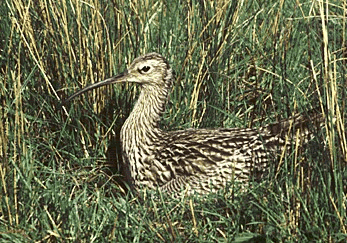
Restoring Raised Bog in Ireland
Coillte, Dublin Road, Newtownmountkennedy, Co. Wicklow | Tel: 01- 201 1111 | Email: raisedbog@coillte.ie

Facts for children
- The word Bog is derived from the Irish word Bogach – meaning soft.
- 17% of the land surface in Ireland is covered in peat.
- Ireland has proportionally more peatlands than any other country in the world except Canada and Finland.
- There are 2 main types of bogs – Raised Bogs, and Blanket Bogs.
- Raised Bogs originate in former lake basins and are mainly concentrated in the central lowlands of Ireland.
- Whereas Blanket Bogs are generally located in high rainfall and low temperature areas of mountain regions and the West of Ireland.
- In favourable conditions peat grows at a rate of approximately 1mm per year - It takes 1,000 years to grow 1 metre.
- Peat consists of 95% water, the remaining 5% is made up of rotted plants, pollen, dust, etc.
- Sphagnum mosses are the peat forming mosses of the bog, and there are as many as 12 different varieties, although usually only four or five are common. Some of these are sphagnum fuscum, sphagnum capillifolium, sphagnum capillosum, sphagnum papillosum, sphagnum magellanicum, sphagnum cuspidatum, and the nationally rare sphagnum pulchrum have all been located on our 14 Project sites.
- Typical raised bog vegetation – bog-rosemary, cranberry are found on the bog dome, along with a diversity of plant and animal species such as sundews, lichens, spiders, dragonflies, frogs, otter, hare, merlin, red grouse, snipe and curlew.
- The most numerous and unwelcome inhabitants of the bogs are the small biting midges – who like to make their presence felt... On a warm still day on the bog, they can deter even the most enthusiastic bog-lover!!
- Around the edges of most of our bogs are areas where turf has been cut. As the turf is being cut allsorts of treasures have been found – including trees which have found to be thousands of years old, archaeological remains, structures including such as wooden track ways made by our ancestors, field systems, gold ornaments, bog ‘butter’ often stored in wooden containers, and even human bodies.
 |
| Fig 1, Curlew |
Pentlands Facts
Peatlands are often thought of as wastelands of use only for fuel or to be ‘improved’ for agriculture or forestry. Intact bogs are valuable for several reasons :
- They are habitats for plants and animals which have adapted to the wet, acidic and nutrient poor conditions. Bog plants have many uses, for instance a substance obtained from sundews is used in medicines to treat catarrh. These plants and animals are part of our genetic heritage – as much as old buildings are part of our architectural heritage.
- Many plants found on bogs can only live on bogs or fens eg. certain sphagna, while several animals e.g. golden plover, live exclusively on bogs during the breeding season. These plants and animals could vanish from Ireland if all the peatlands were destroyed.
- Bogs can be used as outdoor laboratories for studying plants and animals in their natural environment.
- Bogs record past environments by trapping pollen, dust etc. they are valuable for tracing the history of our country and for use as base-lines against which to measure changes in, for example, air pollution.
In addition bogs are places of great beauty, and some larger bog areas have a wilderness aspect about them, which many people value highly.
Fens and bog were once common all over NW Europe but land drainage, and peat cutting have resulted in their almost total destruction in many countries. It is estimated that Ireland contains 50% of the intact oceanic raised bog systems remaining in Europe.
Raised Bogs once covered an estimated 310,000 hectares in Ireland, however to-day it is estimated that a mere 18,000 ha of bog habitat of conservation value remain.
Why bogs are so important
Bogs are one of the few ancient landscaped that still look almost exactly the same as they did thousands of years ago. They are a bridge with our past. Without bogs we would lose astonishing plants like sundews, sphagnum mosses and cotton grass; spectacular birds like hen harriers, and curlews. Bogs are also important carbon sinks, places where carbon is stored as peat, preventing it escaping into the atmosphere, where it would increase global warming.
During the second World War girl guides in the UK were sent out to the bogs to collect sphagnum moss for use as a wound dressing in hospitals. The moss contains penicillin – an effective antibiotic. Sphagnum moss has also been used as toilet paper and nappies!
Heather comes from the Anglo-Saxon work ‘lig’ and in the past has been used widely as a fuel, it was made into thatch, bedding, floor mats, insulation, fences, rope, and as a brush.

